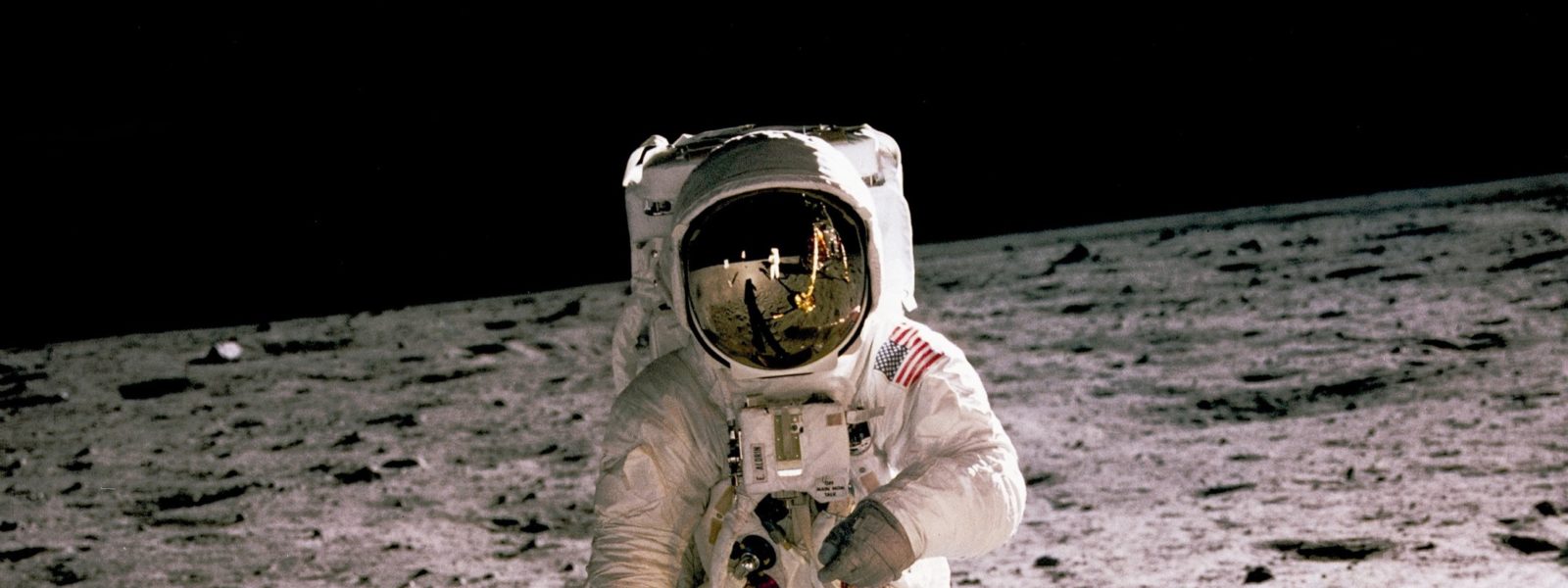Over the years many young companies have asked me to help them compose their mission statements before taking their presentations on the road. I can now state emphatically that most mission statements are terrible. They are vague and unclear. They rely on jargon which is abstract and non-specific, and they have unrealistic goals. A good mission statement should inspire and clarify. It’s no place for abstraction.
Often, by the time a company has called me, they’ve spent weeks futzing over this word or that word only to arrive at something fuzzy and ultimately meaningless. Here’s what most mission statements sound like: “We want to be a leader in the space industry through team-centered innovation and strategic aerospace initiatives.”
Recast to be jargon-free, inspirational and realistic, that word salad could be revised to: “We want to put a man on the moon.”
See the difference?
Here are three examples of mission statements that fail because they lack clarity of ideas and clarity of language.
- “To achieve profitable growth through superior customer service, innovation, quality and commitment.”
- “To lead every market we serve to the benefit of customers and shareholders.”
- “To maximize long terms stockholder value while adhering to the law….to operate at all times by observing the highest ethical standards.”
Writing a strong mission statement is less about wordsmithing than idea crafting. Formulating ideas is far more challenging than parsing words — after all, there is no thesaurus of ideas — but it’s really worth spending the time to align your communication with your business goals. You have to dig deep to achieve clarity of purpose, but when you hit it, you’ll know.
To write a mission statement that is really useful and truly memorable:
- Make it explicit
- Eliminate vagueness and eliminate industry jargon
- Aim high but strive to make your outcome concrete and inspirational.
Two excellent questions to ask before you begin are: “If you could excel at one thing, what would it be?” and “How will you know when your mission has been accomplished?”
Inspiration without a reality check equals grandiosity, and grandiosity is pointless.
A recent study examining 100 mission statements concluded that the most grandiose were actually the least inspiring. One small company decided that its mission would be to “eliminate world hunger,” a noble enterprise until it was discovered that the organization was only five people strong, which made it unworkable, out of reach and destined to fail.
The best mission statement in that study came from the actor/social activist Brad Pitt, who launched an organization called “Make It Right” which was formed in response to the slow progress in rebuilding New Orleans after Hurricane Katrina. Make It Right’s mission was concrete, inspiring and very focused: It wanted to “build 150 affordable, green, storm-resistant homes for families living in the Lower 9th Ward.” It was achievable, motivating and it answered the question: “How will we know once we’ve succeeded.”
Mission accomplished!
